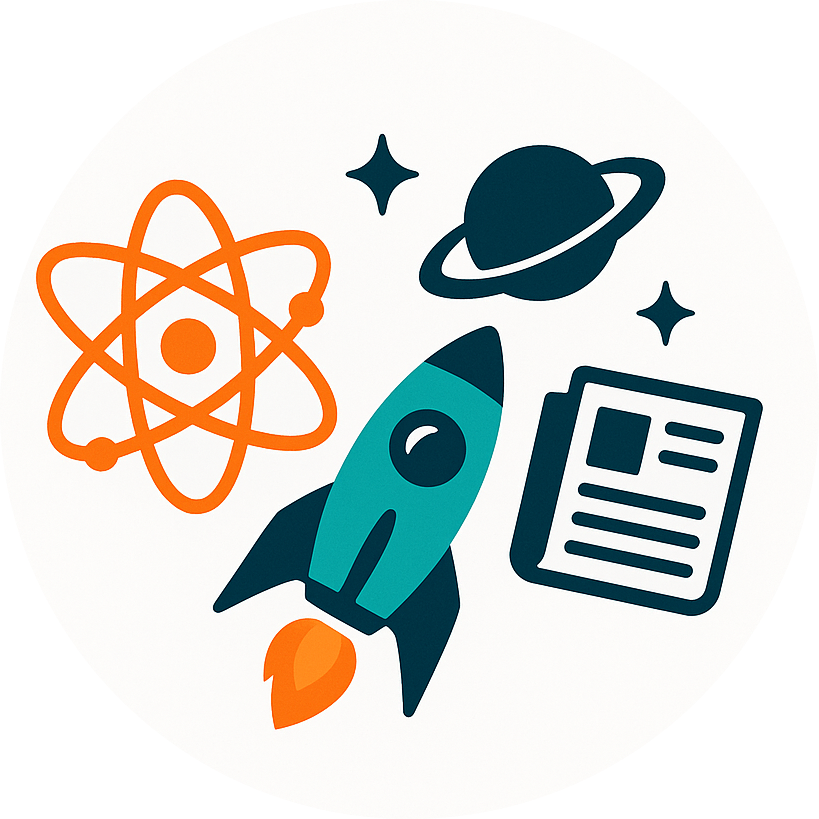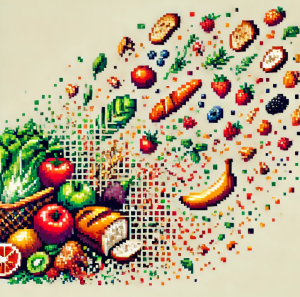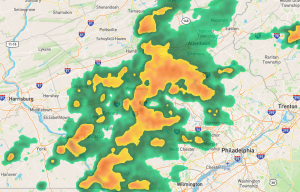
How AI is Transforming Wheat Farming in Pakistan
Did you know? Pakistan’s wheat harvest—vital for feeding over 240 million people—can now be predicted a month before harvest with nearly 98% accuracy using artificial intelligence.
That’s the promise of a new study from Multan, Punjab, where scientists combined satellite images, weather records, and soil data into a deep-learning system called DeepAgroNet. The results demonstrate how technology can help farmers, policymakers, and communities address food security challenges in a changing climate.
1. AI + Satellites = Super-accurate forecasts
Forget guesswork. By feeding satellite imagery into convolutional neural networks (CNNs), researchers could “see” crop health and forecast wheat yields with up to 98% accuracy one month before harvest. This outperformed other AI models like RNNs and ANNs.
2. Climate stress makes predictions essential
Pakistan is heating up fast: wheat yields can drop 10% for every 1°C rise above 25°C. With rainfall swings and floods already disrupting farming, having early, precise forecasts gives farmers and policymakers time to plan—whether that’s adjusting irrigation, subsidies, or grain storage.
3. Local solutions with global potential
This research focused on Multan District in Punjab; however, the framework can be scaled across South Asia and beyond. From small farmers deciding on fertilizer use to national agencies planning imports, AI tools like DeepAgroNet could be a lifeline against climate shocks and rising food demand.
The Bigger Picture
Food security isn’t just about growing crops—it’s about predicting, planning, and adapting. By blending local soil knowledge with global tech, Pakistan is showing how countries on the climate frontline can leapfrog into smarter, data-driven farming.
Which of these takeaways surprised you most? Share this post and let’s talk science!



